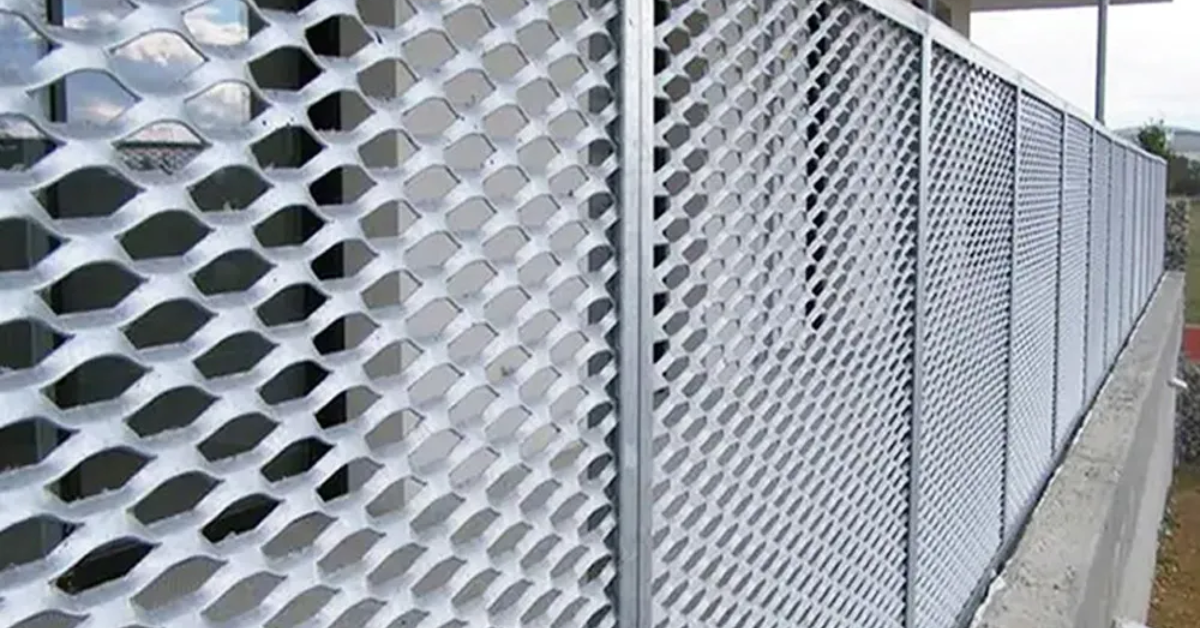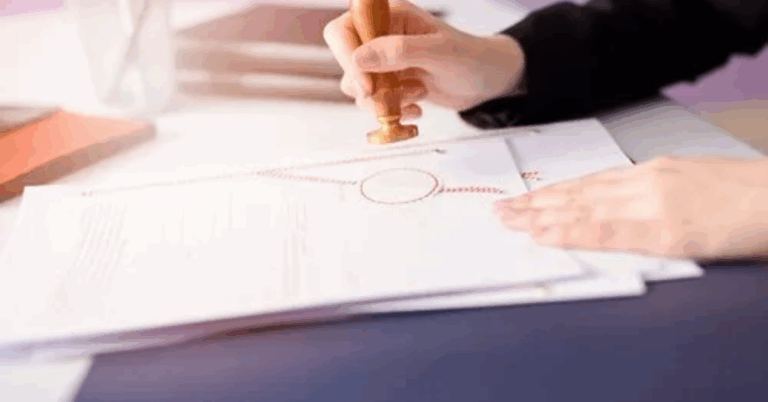The Essential Guide to Safety Metal Fencing: Strength, Security, and Style
Safety Metal Fencing, often referred to simply as “metal safety fencing,” is a versatile and robust solution for securing properties, industrial zones, public areas, and residential compounds alike. It combines the structural integrity of metal with smart design elements to offer both protection and aesthetic appeal. In this article, we explore the benefits, types, design considerations, installation tips, maintenance best practices, and evolving trends in safety metal fencing—all aimed at helping property owners, architects, and planners make informed decisions.
Why Safety Metal Fencing Matters
In today’s world—where security, durability, and visual harmony are all valued—metal safety fencing checks multiple boxes:
-
Physical security: Metal fences serve as strong physical barriers, deterring trespassing and providing clear delineation of controlled zones.
-
Durability: Properly finished metals resist weathering, corrosion, and mechanical stress better than many alternatives.
-
Aesthetic flexibility: Whether classic wrought iron, powder-coated steel, or modern aluminum designs, metal fencing can be tailored to complement surroundings.
-
Regulatory compliance: Many jurisdictions require secure fencing around construction sites, utility installations, or critical infrastructure.
-
Cost efficiency over time: While upfront costs may be higher than lower-grade alternatives, long life and lower maintenance often yield better value in the long run.
For projects of all scales—be it residential compounds, corporate campuses, urban parks, or heavy industrial plants—safety metal fencing provides a trusted, long-lasting solution.
Types of Safety Metal Fencing
Depending on the application, different metal fencing types may be more suitable. Below are some commonly used variants:
1 Welded Mesh Panels
These fences consist of steel wires welded together in a grid pattern—often in rectangular or square meshes. Their open structure allows visibility (essential for surveillance) while still providing security.
2 Palisade Fencing
Palisade fences use vertical steel pales (flat or spear-shaped) attached to horizontal rails. The potentially pointed tops make scaling difficult. They are often used in high-security installations (e.g., utility substations, detention centers).
3 Expanded Metal Fencing
Made by cutting and stretching a metal sheet into a patterned mesh, expanded metal fencing has a rigid, impenetrable feel. The diamond-like openings permit airflow and visibility.
4 Perforated Sheet or Laser-Cut Panels
These are decorative panels with patterns cut through metal. They combine security with custom aesthetic design, popular in premium residential or corporate settings.
5 Chain-Link (with Reinforcements)
Traditional chain-link fencing, when reinforced (e.g. with heavier gauge wire, additional mesh, or welded chain-link), can serve as a lower-cost safety fence in moderate-risk zones.
6 Decorative Iron or Steel Railings
Blending security with ornamental design, these are often used in residential or commercial properties where appearance is equally important.
Design Considerations
When specifying a safety metal fencing system, multiple factors must be considered to ensure functional, aesthetic, and regulatory alignment.
1 Height & Clearance
Height depends on the threat level—residential areas may suffice with 1.8–2.4 m, while high-security zones may require 3 m or more. Clearance from the ground is also important to prevent climbing or shield under-fence intrusion.
2 Material & Gauge
-
Steel: Strong, robust, and widely used, but susceptible to rust if not properly treated.
-
Galvanized steel: Steel with zinc coating resists corrosion better.
-
Stainless steel: High corrosion resistance; ideal near coastal or corrosive environments.
-
Aluminum: Lighter, corrosion-resistant, and useful when loads are small or for modular applications.
Wire or plate gauge (thickness) should match security demands—the heavier the gauge, the harder to cut or bend.
3 Finishing & Coating
-
Galvanization: Provides a base corrosion-resistant layer.
-
Powder coating or epoxy paint: Adds color and further protection.
-
Anti-graffiti or sacrificial coatings: Useful in urban public zones.
4 Panel Configuration
Panel widths, panel-to-post connections (welded, bolted, clip systems), and panel top/bottom treatments (rounded edges, kick plates) affect strength and aesthetics.
5 Visibility & Sightlines
Security fencing often needs to balance protection with visibility (for surveillance). Grid or mesh fencing allows watchers to see through, enhancing deterrence.
6 Gates & Access Control
No fencing system is complete without properly designed gates and access control points. Gate width, load-bearing, locking mechanisms, and integration with security systems should be planned in tandem.
7 Foundations & Earth Conditions
The soil type, frost depth, and drainage conditions impact foundation design. Posts may need concrete footings, anchor bolts, or specialized ground sleeves.
8 Compliance & Regulation
Many local building codes, zoning rules, or security standards require specific materials, heights, spacing, anti-climb features, or visibility. It’s essential to consult relevant regulations before finalizing design.
Applications of Safety Metal Fencing
1 Residential Use
In gated homes, condominium perimeters, and housing complexes, safety metal fencing offers elegant security. Decorative variants (laser-cut panels, wrought-style rails) merge beauty and protection.
2 Commercial & Institutional Properties
Office parks, schools, hospitals, and government buildings employ safety metal fences to delineate campus boundaries and prevent unauthorized access.
3 Industrial & Infrastructure Sites
Factories, warehouses, electricity substations, water treatment plants, oil & gas facilities, and telecommunication installations often require high-strength metal fencing. Features like palisade or mesh panels combined with barbed wire or anti-climb topping are common.
4 Construction & Temporary Zones
Safety metal fencing is deployed temporarily around construction sites, excavation pits, or roadworks. Portable modular fencing serves this need efficiently, with quick installation and removal.
5 Public Spaces & Parks
Parks, playgrounds, sports facilities, and transit hubs use safety metal fences to guide movement, secure equipment, and maintain aesthetic harmony.
6 Perimeter & Border Security
At borders, airports, corrections facilities, and military installations, multi-tiered safety metal fencing combined with sensors, motion detectors, and surveillance achieves high security.
Installation Best Practices
To ensure optimal performance and longevity, safety metal fencing installation must adhere to quality standards:
1 Site Survey & Layout
Identify terrain irregularities, existing utilities, drainage paths, and pedestrian/vehicle routes. Mark alignment and set string lines for accurate layout.
2 Proper Post Setting
Posts are the backbone of the fence. Drill or excavate to proper depth (often 0.3–0.6 m or more for higher fences). Use concrete footings sized according to load, soil conditions, and frost lines.
3 Panel Attachment
Use corrosion-resistant fasteners or clip systems to attach panels. Bolted connections allow removal or replacement. Welded joints offer permanence but are harder to service.
4 Gate Installation
Ensure proper leveling, alignment, and opening clearance. Incorporate threshold plates, hinges with lubrication points, and matching finishing. Always test full operational cycles under load.
5 Anti-Climb or Security Add-Features
Where required, top the fence with spikes, barbed wire, razor wire, or anti-scaling devices. Ensure they are stable and well-engineered.
6 Ground Clearance & Soil Interaction
Maintain minimal gaps above ground (e.g. 50 mm) to prevent soil accumulation and plant growth. Provide drainage and avoid contact with moisture-holding surfaces (e.g. dirt, mulch).
7 Finishing and Touch-Ups
After installation, apply touch-up coatings to any scratched or cut areas. Perform post-installation inspection for alignment, fastening, and overall integrity.
Maintenance and Inspection
Proper maintenance ensures that safety metal fencing remains effective and attractive for decades.
1 Routine Visual Inspection
Look for signs of corrosion, surface cracking, loose bolts, damaged or bent panels, rust bleed, or foundation movement. Conduct inspections at least twice a year or following severe weather.
2 Cleaning
Remove dirt, graffiti, shrubs, vines, or other plant growth. Use mild detergents and soft brushes. Avoid abrasive cleaners that might damage coatings.
3 Rust Treatment & Repainting
Sand back affected areas, apply anti-rust primer, and repaint with matching coating. For galvanized fences, use zinc-rich cold galvanizing spray where needed.
4 Tightening & Hardware Checks
Ensure bolts, clips, and connectors remain tight. Replace any missing or damaged fasteners with corrosion-resistant equivalents.
5 Gate & Mechanism Service
Lubricate hinges, sliding tracks, rollers, and locking mechanisms. Check for misalignment caused by soil settlement or heavy use.
6 Foundation & Post Stability
If soil erosion occurs around footings, reinforce with additional concrete or backfill. Realign or replace posts that lean or shift.
Advantages & Challenges
1 Advantages
-
High strength and security
-
Long lifespan with proper treatment
-
Design variety and visual appeal
-
Low maintenance (relative to wood, some composites)
-
Resilience to weathering
2 Challenges
-
Higher upfront cost
-
Potential for corrosion if poorly finished or in harsh climates
-
Damage or distortion may be expensive to repair
-
Thermal expansion/ contraction stresses in large spans
-
Potential for vandalism (spray paint, bending)
Understanding trade-offs and planning accordingly helps maximize the return on investment.
Trends & Innovations in Safety Metal Fencing
Advances in materials science, fabrication techniques, and integration are pushing fencing into new domains.
81 Smart Fencing & Sensor Integration
Embedded sensors—such as vibration detectors, intrusion sensors, or motion detectors—can detect tampering or intrusion, sending alerts to security systems.
2 Composite and Hybrid Fencing
Combining metal with composite slats, wood, or polycarbonate inserts allows fences to be both strong and aesthetically flexible.
3 Powder Coatings & Advanced Finishes
Improved coatings with enhanced UV resistance, self-cleaning surfaces, and anti-graffiti characteristics help fences look newer longer.
4 Modular & Prefabricated Systems
Prefabricated panel systems allow faster installation, ease of replacement, and scalable expansion.
5 Sustainable Materials
Using recycled steel, eco-friendly coatings, and processes with lower environmental impact addresses sustainability concerns.
6 Custom & Decorative Laser Designs
Laser-cut panels with bespoke designs allow fencing to become architectural and decorative features rather than just a barrier.
Choosing the Right Safety Metal Fencing: A Checklist
Before finalizing your design or procurement, consider this decision checklist:
-
Assess security needs
-
Threat level
-
public vs. private
-
surveillance requirements
-
-
Select appropriate fence type
-
Mesh, palisade, expanded, decorative, hybrid
-
-
Choose materials & gauge
-
Steel, stainless, aluminum
-
Wire or plate thickness
-
-
Decide height, spacing & clearances
-
Height fit for purpose
-
Gap to ground
-
-
Design gates & access points early
-
Matching security & aesthetics
-
-
Inspect site & soil conditions
-
Foundation design
-
Drainage
-
-
Specify coatings & finishing systems
-
Base galvanization
-
Top coats, anti-graffiti
-
-
Verify compliance with local regulations
-
Security mandates
-
Building codes
-
-
Plan for integration
-
Sensors
-
CCTV
-
Lighting
-
-
Establish maintenance schedule & warranty
-
Inspection frequency
-
Repair and repaint plan
Conclusion
Safety metal fencing is not just a utilitarian barrier—it’s a long-term investment in security, durability, and design coherence. By carefully choosing the fence type, material, height, finish, and integration with surrounding systems, property owners and planners can achieve effective protection without sacrificing visual appeal. With proper installation and ongoing upkeep, a well-designed metal safety fence can serve reliably for decades.







